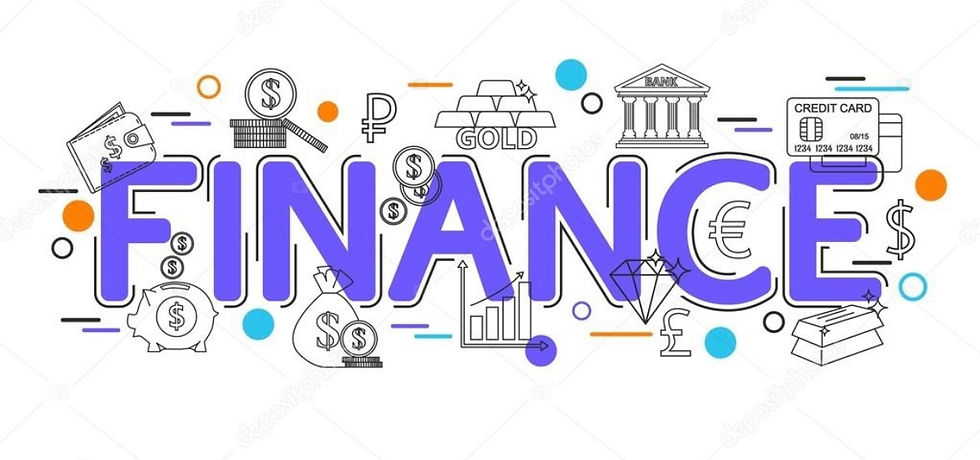Intangible Value - We’re getting close to love that’s worth something
- ziolklowskij
- Mar 13, 2022
- 3 min read
Updated: Apr 22, 2022
Don’t be fooled. The number one goal out of this asset category for the boardroom at an organization is to make it more tangible on the balance sheet. You find this trick out in the second or third year in business school. Intellectual property or other intrinsic assets are the C.E.O.’s secret projects. Give special attention to those categories at an organization, this helps stay on the good-side of the “big” chief. Traditionally, analyzing and differentiating intangible asset value is a very important skill at major organizations. It helps determine value at a critical level, and how to manage an asset. This a good baseline for evaluating a company’s multiple services and products. The boardroom always likes to see a person configure the use of many intangible values that have an estimated values upwards to $21 trillion for the S&P 500 (Visualcapitalist.com). That was in 2018. Taking thoughtful consideration of intangible values help the company approach a lot of banks with specific financial information to obtain credit and financing, allowing an organization to act quickly in launching projects. In basic and theoretical terms, intangible value is the present value of excess earning power of an entity over the normal rate of return. In equation terms, we use CIV, calculated intangible value. This is the unseen or untouched value to establish things, such as a trademark in an economy. A lot of worthy investors like to know more about a company’s power and want to see what it’s all worth. If you don’t want an investor to pull-out it’s securities or investments, show your CIV. Adjusting and managing intangible value helps clarify a company’s position with financial authorities. This helps with securing and illustrating you have secured business process and methods with an economy or around the world, you have ‘trade.’ For the purposes of this blog, I want to list the major conceptual categories of intangible value that are becoming very successful for many corporate organizations. Try thinking this as the customer’s viewpoint of a great service or product: 1. Customer experience, 2. Brand, 3. Organizational culture, 4. Talent, 5. know-how 6. Intellectual property, and 7. Relationships. Of course this is important for areas like the Midwest trying to create new farm equipment for the upcoming innovative concept to farm tradition, but for most of us, you’ll find a great organization to discuss at top business schools and the instinct of top students is Walt Disney. Probably one of the best companies to think about throughout history in the world of finance literature. Creating Walt Disney over the years made certain truths about customer experience. The brand and logo was part of all its movies and communicated around the globe. There is great organizational experience from professionalism to employee careers. There are organized schedules and bus transportation. If you can keep the kids entertained, most adult parents think you have good talent. Finding available information at Disney World and others that know about the place lead to great know-how ratings. Intellectual property is all part of its designs and patents that enabled them to thrive all these years. A Disney movie or theme park is a great way to get the customers to return and communicate the right type of meaningful relationship for a client, even if it’s through a cartoon or mascot. —————— “7 Examples of Intangible Value.” Google, Google, https://www.google.com/amp/s/simplicable.com/amp/intangible-value.



Comments